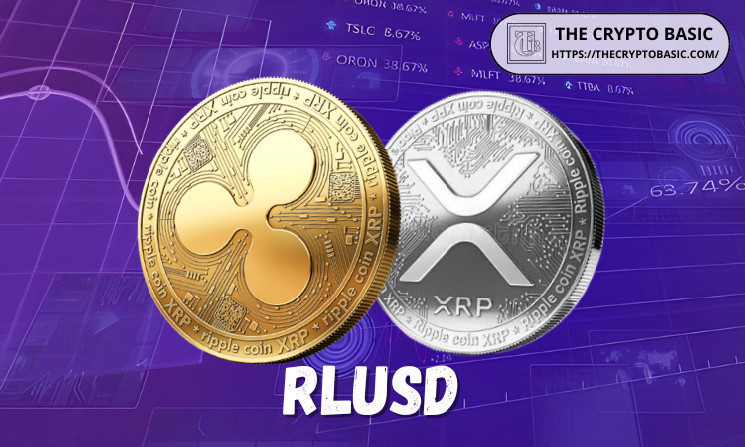A market pundit has recently presented how the forthcoming Ripple stablecoin RLUSD could help boost XRP prices.
Ripple’s stablecoin, RLUSD, is poised for launch before the end of this month, pending regulatory approval from New York authorities. While reports suggested a launch three days back, Ripple has debunked these, confirming that it is still awaiting approval.
Meanwhile, speculation around RLUSD has triggered discussions about its potential impact on XRP, with Lakeita Powell, a market observer, recently presenting theories about how this development could influence its price trajectory.
RLUSD as a Stable Medium for Transactions
The commentary noted that a key advantage of RLUSD lies in its ability to minimize volatility during XRP transactions. Traditionally, institutions and banks use fiat currencies, like the US Dollar, to acquire XRP.
These transactions can be subject to currency fluctuations, which add complexity and risk. However, by using RLUSD as a stable intermediary, institutions can execute large-scale purchases of XRP without worrying about sudden value shifts.
Boosting XRP Liquidity and Clearing Order Books
The theory then identified RLUSD’s potential to enhance liquidity in the XRP market. Large-scale XRP purchases using RLUSD could clear significant portions of exchange order books.
For instance, if a bank deposits $1 billion in RLUSD and uses it to buy XRP, the stablecoin could sequentially exhaust sell orders at lower price levels. This process moves the price upward as lower-priced XRP becomes unavailable, driving the market toward higher price points.
Interestingly, this scenario could create a rapid escalation in XRP prices, particularly if institutions place sizable buy orders. The reduced availability of cheaper XRP increases demand, establishing higher baseline prices in the order book.
As XRP prices climb, the utility and demand for the asset remain intact due to its inherent benefits, including speed and cost efficiency for international payments.
Notably, RLUSD would facilitate these transactions, providing a stable mechanism to support ongoing XRP adoption. This could encourage more institutions to utilize XRP, supporting demand and price appreciation.
Example Scenario
In the commentary, the pundit presented a particular scenario that demonstrates this theory. Interestingly, in this scenario, a bank deposits $1 billion into RLUSD, holding it in an exchange or a Ripple-supported wallet.
After this, the bank then uses RLUSD to purchase XRP. Starting with lower-priced orders, it clears a significant portion of the order book, driving the price from $0.50 to $5 or more. Nonetheless, now that XRP trades for $2.4, these buys could start above $2 and increase from there.
Once XRP reaches higher price levels, these prices set a new baseline, as the lower-priced supply is exhausted. Further, the bank then leverages XRP for international payments. RLUSD remains the stable medium for these activities, as it ensures the system’s efficiency.

